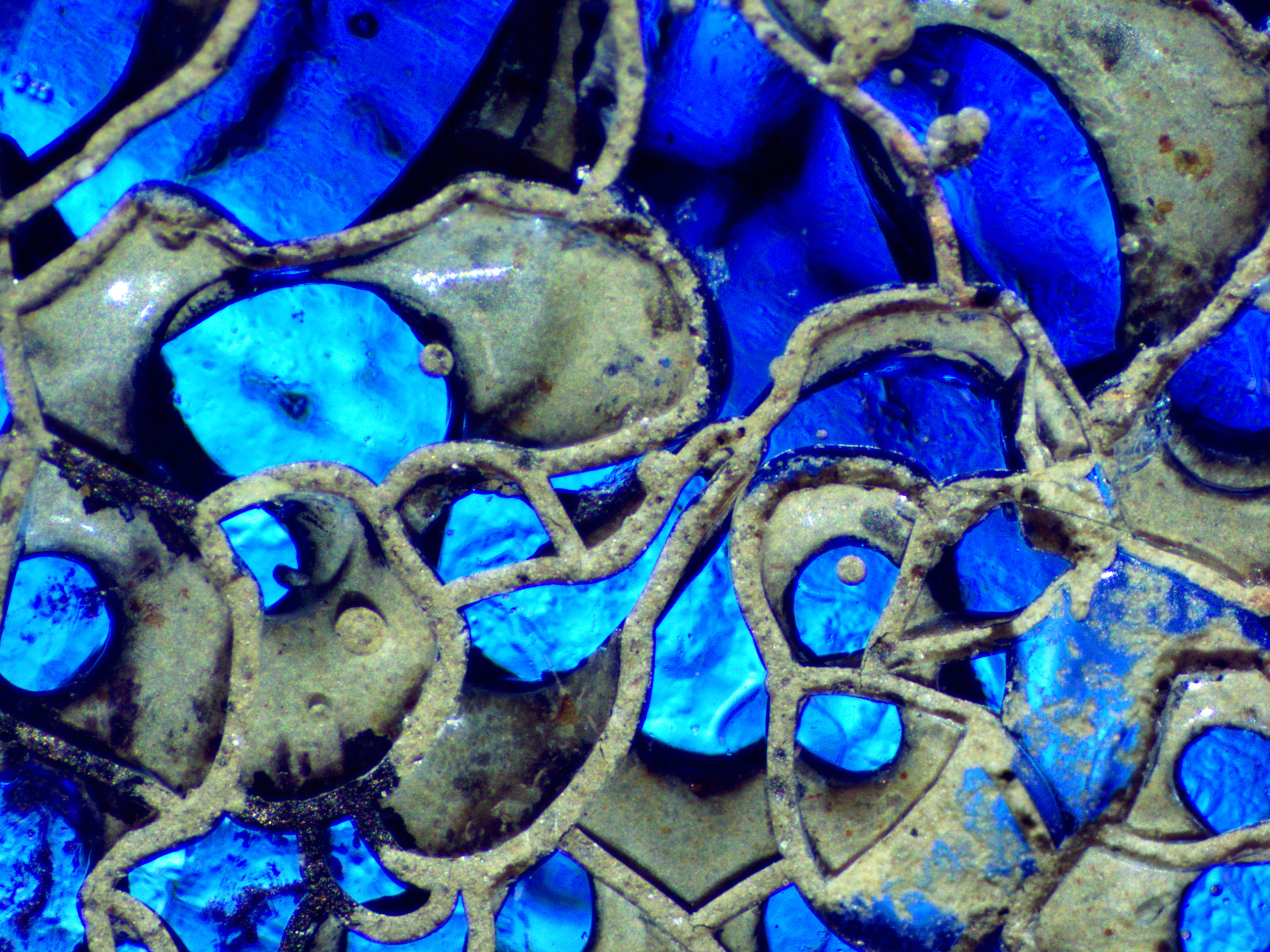
CCHT Nanomaterials domain pushes the boundaries of Cultural heritage conservation by developing novel and sustainable materials. Our expertise lies in synthesizing advanced nanomaterials, exploring nanocomposites, and researching 2D materials with unique properties. Pioneering new synthetic techniques and innovative approaches in colloid and materials chemistry strengthens our mission to create effective solutions for cultural heritage conservation. Additionally, the development of these nanomaterials is integrated with thorough physico-chemical characterization of cultural heritage samples, alongside the creation of precise mock-ups.
This research area focuses on the study of complex and heterogeneous ancient materials at various length scale with the aim of deepening the relationship between structure, micro-environment and colour, and long-term behaviour available within the data collected by existing and emerging techniques. This research is aimed to obtain a better multi-scale description of compound distribution, to provide a clear understanding of past trading of raw materials, manufacturing techniques and alteration mechanisms. This study pushes the analytical methods to their limits because the complexity of material culture is not completely reproducible in laboratory conditions, and requires extra effort in order to define an effective and universal diagnostic protocol.
Click here to see the Active Projects in this research area.
Equipment
• Phenom Pharos G2 Desktop FEG-SEM is a tabletop/desktop scanning electron microscope (SEM) made by Thermo Fisher Scientific (Phenom line), featuring a Field Emission Gun source.
• Dynamic Light Scattering (DLS) Zetasizer Lab: Side scatter particle size and zeta potential analyzer. Traditional 90-degree side-scatter size measurements. Adaptive Correlation, M3-PALS, and constant current zeta mode.
• HITACHI X-MET8000 EXPERT GEOS is a handheld XRF analyzer designed for fast, on-site geochemical analysis in mining, environmental, and exploration applications. It features a high-performance silicon drift detector and a 50 kV X-ray tube for rapid, accurate results. The instrument can detect elements from magnesium (Mg) to uranium (U), covering a wide range of geologically relevant elements.
• FT/IR-4X Spectrometer (Jasco) is a Mid-IR FTIR Fourier Transform Spectrometer, optimized for measurements in the mid-infrared range. It provides a signal-to-noise ratio of 35,000:1, allowing the measurement of small-volume and high-sensitivity samples. It features a maximum resolution of 0.4 cm⁻¹, ideal for gas and vapor measurements, as well as experiments on liquid, solid, and powdered samples.
• Microwave FlexiWAVE (Milestone) is a state‐of‐the‐art microwave reactor system designed to overcome many limitations of traditional microwave synthesis units. It offers a single, powerful platform that, paired with a range of accessories, enables to carry out classic glassware reactions (reflux, distillation, reagent addition, etc.), high‐pressure synthesis, solid phase reactions.
• Optical Microscope (Olympus): the microscope mounts a Cool LED lamp connected to a control pod for adjusting the colour channel status and intensity. The microscope is coupled to a digital CCD camera (Olympus LC30) for image acquisition through the CellSens software.
• Stereoscopic Zoom Microscope (Nikon): the stereoscope mounts a fibre-guided halogen lamp and backwards illumination. The microscope is coupled to a digital CCD camera for image acquisition through the X-Entry software.
• Chroma Meter (Konica): spectrophotometer for measuring the colour coordinates, supported by the SpectraMagic NX software.
• Hyperspectral cameras (HERA, Nireos): two portable cameras for reflectance imaging spectroscopy in the visible (400-1100 nm) and infrared (900-1700 nm) range, complemented with two LED lamps (5600K) and Halogen lamps.
• Ultraportable hyperspectral camera Specim IQ: compact and lightweight hyperspectral imaging camera operating in the visible to near infrared (VNIR) range (400–1000 nm) with onboard processing for real time analysis.
• Electrochemical workstation (CHI660E): potentiostat and galvanostat instrument for the analysis of corrosion, impedance measurements and diagnostic.
•
• Dip coater: automatic systems for deposition of polymeric films.
• Spray coater: automatic systems for deposition of nanoparticles.
CCHT has ready access to highly advanced facilities within IIT Headquarters (Genova).
• Materials Characterization Facility (https://mcf.iit.it/)
Facility coordinator: Mirko Prato
• Electron Microscopy (https://concept.iit.it/web/electron-microscopy)
Facility coordinator: Rosaria Brescia
• Clean Room (https://dls.iit.it/en/web/clean-room)
Facility coordinator: Andrea Toma
• Analytical Chemistry Facility (https://www.iit.it/it/web/analytical-chemistry-facility)
Facility coordinator: Andrea Armirotti